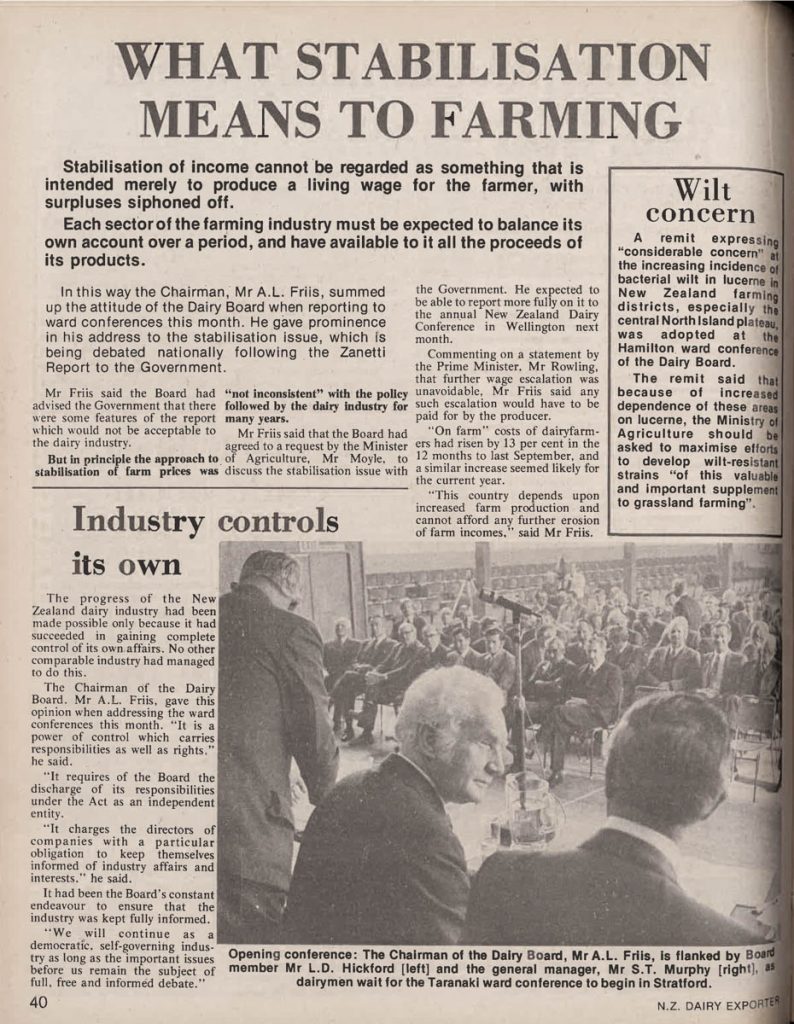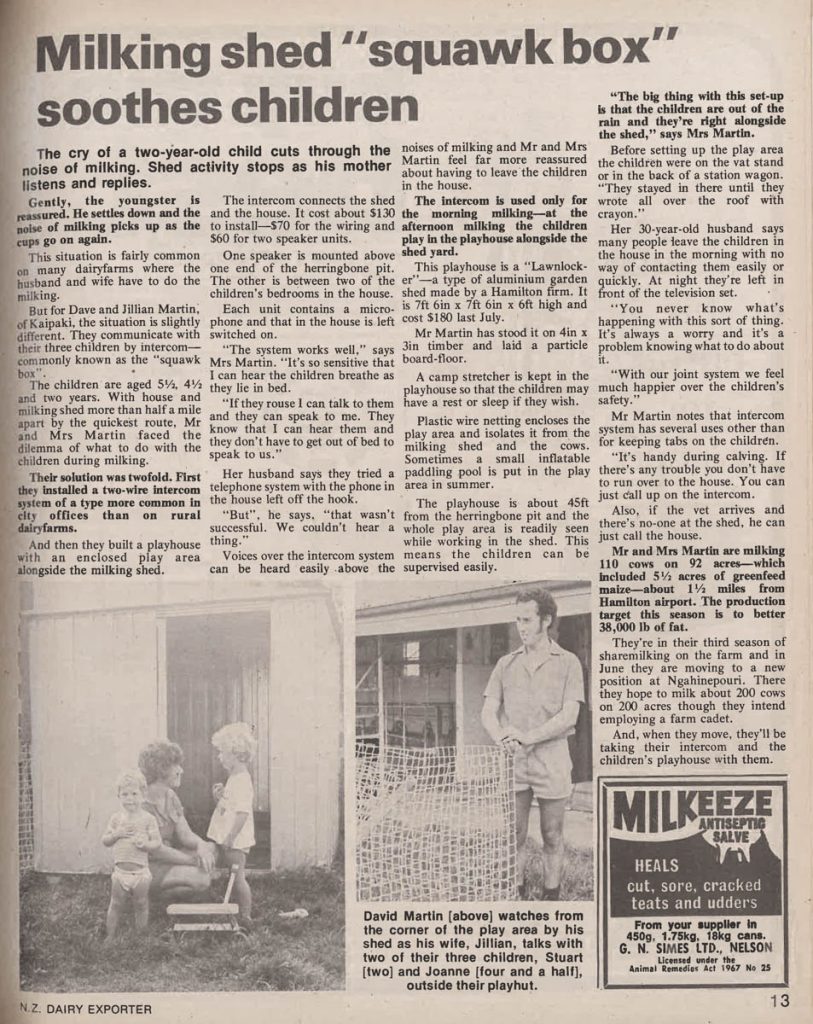50 years ago in the NZ Dairy Exporter: May 1975
As NZ Dairy Exporter counts down to its centenary in 2025, we look back at the issues of earlier decades.

Heeding those messages on milk quality
Mastitis awareness month and its associated campaign are well on the way into history. But let’s hope that some of the associated messages aimed at reducing infection and at improving milk quality have been heard and heeded.
For example, there’s dry-cow therapy.
With herds being dried off, here’s hoping that the cows – apart from the culls – get that shot of long-acting something or other into each teat and a good spraying with an iodophor or hibitane.
Fears that brucellosis could occur
Concern at the possible results of ending the compulsory vaccination of calves against contagious abortion was expressed in a remit adopted at the Taranaki Ward conference of the Dairy Board in Stratford.
The conference expressed its concern at the possibility of outbreaks of the disease in previously clear herds when the vaccination scheme ends this year.
It called on the Dairy Board to press the Government for full compensation in such circumstances for stock replacement and loss of milkfat production. And it requested that “some arbitrary body be appointed to assess compensation on an individual herd basis”.
Industry controls its own
The progress of the New Zealand dairy industry had been made possible only because it had succeeded in gaining complete control of its own affairs. No other comparable industry had managed to do this.
The Chairman of the Dairy Board, Mr A.L. Friis gave this opinion when addressing the ward conferences this month. “It is a power of control which carries responsibilities as well as rights,” he said.

Milking shed “squawk box” soothes children
The cry of a two-year-old child cuts through the noise of milking. Shed activity stops as his mother listens and replies. Gently, the youngster is reassured. He settles down and the noise of milking picks up as the cups go on again.
This situation is fairly common on many dairy farms where the husband and wife have to do the milking. But for David and Jullian Martin of Kaipaki, the situation is slightly different. They communicate with their three children by intercom – commonly known as the “squawk box”.
The children are aged 5 ½ , 4 ½, and two years. With house and milking shed more than half a milk apart by the quickest route, the Martin’s faced the dilemma of what to do with the children during milking.







